Jogyesa Temple (조계사)
69.52311767485482m 256807 2024-01-05
55 Ujeongguk-ro, Jongno-gu, Seoul
As the main temple as well as the district head temple of the Jogye order in Seoul, Jogyesa Temple is the center of Korean Buddhism. The temple was built in the late 14th century during the Goryeo period but was completely destroyed in a fire. It was rebuilt under the name of Gakwangsa Temple in 1910 with the effort of many respectful monks, namely Han Yong-un and Lee Hee-gwang. The temple was given a role as the head temple of Korea’s Buddhism and renamed to Tegosa Temple in 1936. In 1954, a purification drive took place to eliminate Japanese influence and revive traditional Buddhism, which established the present day Jogyesa Temple as a result.
Jogyesa Temple plays an important role in Korean Buddhism as the head temple of the Jogye order. Jogyesa Temple’s Dharma Hall serves as the main venue for several Buddhist events, holding rituals, lectures, ceremonies, and other events all year long. The annual lantern festival in celebration of Buddha's birthday also takes place at this temple.
Olens - Gwanghwamun Branch [Tax Refund Shop] (오렌즈 광화문)
134.43209201116758m 0 2024-04-18
1F, 82, Sambong-ro, Jongno-gu, Seoul
-
CheongKwanJang - Jonggak Station Branch [Tax Refund Shop] (정관장 종각역)
149.90232359457457m 0 2024-04-22
#102, 95, Sambong-ro, Jongno-gu, Seoul
-
Balwoo Gongyang (발우공양)
164.61358406723275m 18673 2024-01-05
56 Ujeongguk-ro, Jongno-gu, Seoul
Balwoo Gongyang, located in front of the main gate of Jogyesa Temple, is a temple food restaurant operated by the Cultural Corps of Korean Buddhism. It was selected as a 1-star restaurant by the Michelin Guide for three consecutive years from 2017 to 2019 and it is so popular that reservations must be made a month in advance. “Balwoo” refers to meals for monks and it means that the act of eating is also a process to realizing the truth. The restaurant offers five types of course menus inspired by Buddhist teachings that are served in the order of Suljuksim, Juksang, Sangmi (嘗味), Dammi (噉味), Seungso (僧笑), Youmi (愈味), and Ipgasim. The menu is made with seasonal ingredients to bring out the best flavor of each season. The course meal starts with appetizing kimchi stew according to the traditional Korean meal culture. Then it is followed by porridge, seasonal salad, rice and stew, side dishes, tea, and dessert, satisfying both the taste buds and health. Those who wish to experience an authentic temple meal are recommended to try the Beop Course.
Templestay Information Center (템플스테이 홍보관)
164.61358406723275m 17533 2022-10-17
56, Ujeongguk-ro, Jongno-gu, Seoul
+82-2-2031-2000
Templestay Information Center offers various information and services regarding templestays and temple meals for domestic and international visitors. The center also operates traditional cultural experiences, such as tea time with a Buddhist monk, traditional culture activities and more.
Cheongjin Hwarogui (청진화로구이)
170.5297124823423m 195 2021-03-22
32-12, Jong-ro, 5-gil, Jongno-gu, Seoul
+82-2-735-7008
A store selling Korean beef and pork dishes. The best menu at this restaurant is grilled Korean beef rib eye steak. This Korean dishes restaurant is located in Jongno-gu, Seoul.
Gwanghwamun Deungsim (광화문등심)
176.3258932944626m 249 2021-07-20
34, Jong-ro, 5-gil, Jongno-gu, Seoul
+82-2-722-2020
A restaurant that’s popular among workers for group dinners, it sells grilled meat. This Korean dishes restaurant is located in Jongno-gu, Seoul. The representative menu is grilled boneless ribs.
Insa-dong PR Center (인사동홍보관)
187.9892649386096m 9502 2017-07-26
19 Insadong 11-gil, Jongno-gu, Seoul
+82-82-737-7890~1
Insa-dong PR Center opened in 2006 with the goal of providing
accessible education for both domestic and international visitors to understand Korean traditions and history. It was built in what was once the private residence for Prince Uichin (1877-1955), one of the sons of Emperor Gojong (1852-1919).
Insa-dong PR Center also introduces the traditions and culture of Insa-dong, and provides tour pamphlets and tourist assistance in multiple languages (English, Japanese and Chinese). Visitors can try on hanbok (traditional costumes) and enjoy Wi-Fi within the facility.
Gongpyeongdong Kkomjangeo (공평동꼼장어)
209.77517202789147m 54 2021-03-26
29, Ujeongguk-ro, Jongno-gu, Seoul
+82-2-738-1769
It is a place where you can eat in the atmosphere of a cart bar that is often featured in Korean dramas. The best menu at this restaurant is grilled sea eel. This Korean dishes restaurant is located in Jongno-gu, Seoul.
Imun Seolnongtang (이문설농탕)
222.36252547429368m 25761 2022-01-25
38-13, Ujeongguk-ro, Jongno-gu, Seoul
+82-2-733-6526
Imun Seolnongtang has been serving its hearty seolleongtang for over a hundred years since it first opened in 1907. Even its name has a long history: the word imun comes from Imun-gol, the now-obsolete name of the restaurant’s location, and seolnongtang, an old variation of the word seolleongtang. During the Japanese colonial rule, the restaurant’s regular customers included Gijeong Son, the marathon gold-medalist at the 1936 Berlin Olympics. To make the rich seolleongtang broth, beef meat and bones are simmered for more than 15 hours. Try putting rice and minced green onion in your seolleongtang for a warm and tasty experience. Kkakttugi (diced radish kimchi), provided as a side dish, is also delicious.
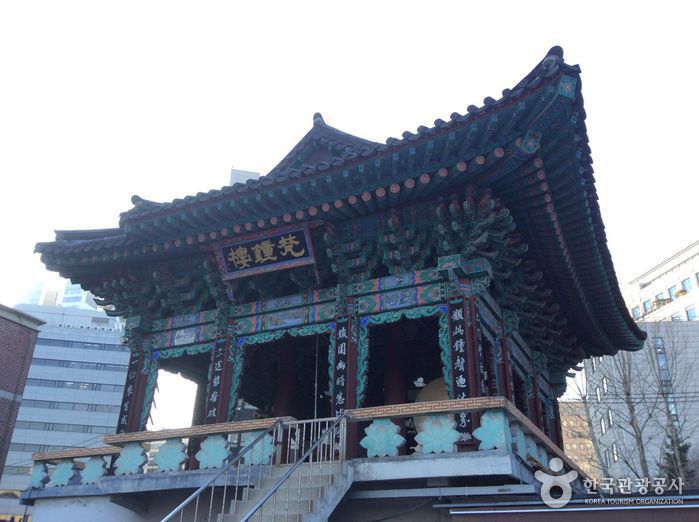
![Olens - Gwanghwamun Branch [Tax Refund Shop] (오렌즈 광화문)](http://tong.visitkorea.or.kr/cms/resource/17/2878217_image2_1.jpg)
![CheongKwanJang - Jonggak Station Branch [Tax Refund Shop] (정관장 종각역)](http://tong.visitkorea.or.kr/cms/resource/13/2878213_image2_1.jpg)

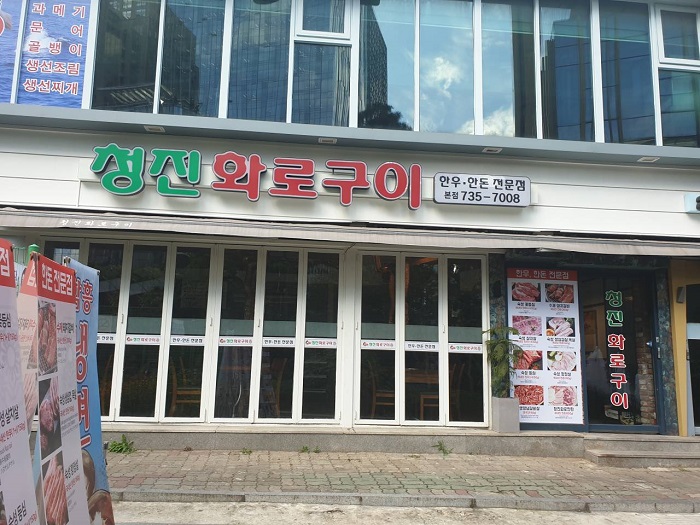
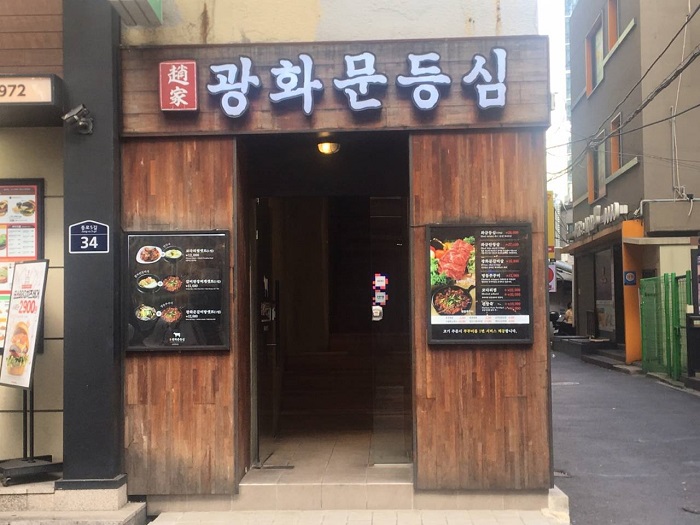
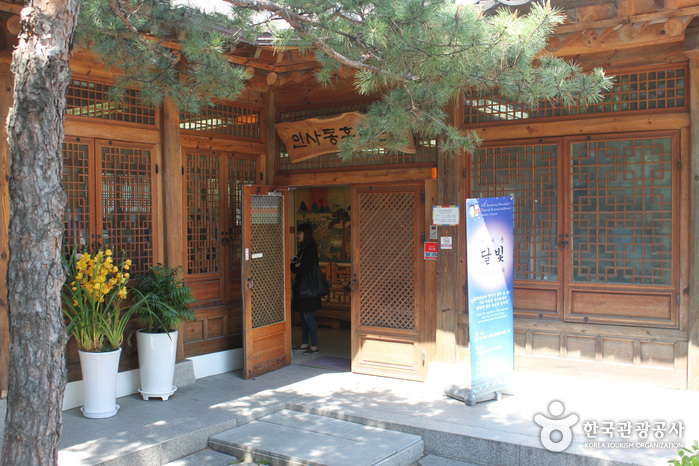
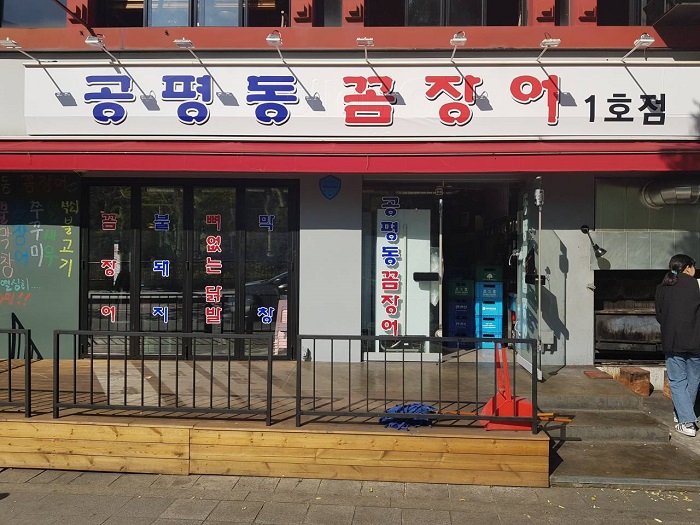
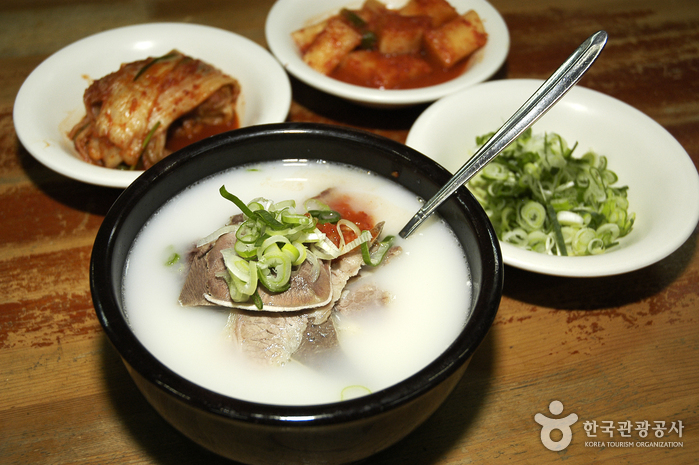
 English
English
 한국어
한국어 日本語
日本語 中文(简体)
中文(简体) Deutsch
Deutsch Français
Français Español
Español Русский
Русский